Step into a room and feel its warmth or vibrant energy. What’s behind this ambiance? Welcome to the “Warm or Warmer? A 2700K vs 3000K Lighting Showdown.” Lighting does more than just make things visible. It also affects how we feel and the atmosphere of a place. It can transform the ordinary into something extraordinary. Choosing between 2700 kelvin and 3000 kelvin can change your home or work environment.
We can see how colors affect the atmosphere in our homes, offices, and eateries. These aren’t mere numbers on the Kelvin Scale but the essence of a room’s atmosphere. They stand as silent architects, influencing our daily experiences.
Guiding this journey is Tom, an LED lighting expert since 2005. He knows a lot about color temperatures because of both studying and working with them. He’s developed this comparison to help you view lighting in a fresh, inspiring way.
Are you ready to discover the perfect lighting match for your spaces? Whether it’s the calming 2700 kelvin or the energizing 3000 kelvin, let’s dive right in. We’ll look at different color temperatures to help you choose for every part of your life.
Understanding Color Temperature
What is the Kelvin Scale?
The Kelvin Scale measures the color temperature of light. Physicist Lord Kelvin lends his name to it. This scale starts from the warm red tones, moving through to the cooler blue shades. The change in color temperature affects energy, mood, and the overall color. Both 2700K and 3000K fall into the warm category. They give off a soft yellowish glow, like candlelight or a cozy fireplace. This range fosters intimacy, relaxation, and coziness in spaces.
How Color Temperature Affects Mood and Function
Lighting does more than merely illuminate our surroundings. The different shades of light can greatly affect how we see and do things in a space. The 2700K range creates a calming ambiance, like a golden-hour sun. It’s perfect for winding down and relaxation. The 3000K spectrum is brighter and more neutral, perfect for reading, cooking, or tasks. Changing the color temperature can create different moods and functions in different environments.
Differences Between 2700K and 3000K Explained
At first, 2700K and 3000K temperatures may seem very similar. However, these small differences have a big impact on how a room looks, feels, and functions. The 2700K light gives a soft, soothing glow for calm areas. The 3000K light is brighter and clearer, helping you see better and focus. The choices matter for the space to be useful and enjoyable, not just personal preference. Next, we’ll look at these important differences and assist you in making wise choices.
What is Color Rendering?
Beyond the warmth or coolness of light, another vital aspect is color rendering. A light source can accurately show the colors of objects, like natural light. A higher CRI can make things look more vivid and clear, revealing their true beauty. In contrast, a lower CRI may distort or dull the appearance, making colors seem off or unnatural. It is important to see colors correctly in art galleries, kitchens, and retail stores. Understanding color temperature and rendering shows how lighting is both practical and mood-setting.
2700K – A Closer Look
Characteristics of 2700K Lighting
We pick the warm, slightly yellow light of 2700K because it is comforting and individual. The light resembles candlelight, creating a cozy and calm ambiance. For task lighting, people often choose harsher tones. However, the 2700k light color offers a gentler experience. In the evening, this color temperature can make a room feel relaxing and help us unwind.
When and Where to Use 2700K
In the Home
Reading Rooms: They have a cozy, warm atmosphere with gentle lighting at 2700K. This creates a peaceful spot for reading. It lights up the pages without glaring at the eyes, turning the act of reading into a calming ritual.
Bedrooms: In the realm of slumber, lighting plays a pivotal role. 2700K creates a calming atmosphere that helps you relax and fall asleep at night.
Fireplace: I looks even cozier with warm lighting that makes the flames dance.
In the Office
Reception Areas: First impressions matter, and lighting can make or break them. Reception areas can feel welcoming and comforting with a warm, inviting glow of 2700 Kelvin light. It’s more than lighting; it’s an unspoken greeting.
The Blue Light Hazard of 2700K
In an age where screens surround us, the blue light hazard is a concern many are aware of. It’s associated with disruptions in sleep patterns and eye strain. Yet, the warm light of 2700K does not pose such a risk. This light is not in the blue spectrum, so it won’t disturb your sleep or strain your eyes. This feature is great for nighttime lighting. It works well in spaces that focus on relaxation and well-being. To understand this characteristic, you don’t just pick a bulb. It’s about living in harmony with nature and taking care of your whole self.
3000K – Exploring the Warmer Side
Features of 3000K Lighting
3000K lights have a warm and balanced light that feels modern and functional. They are less yellowish than 2700K lights. These lights are warm and neutral, making them versatile and adaptable. They can give you good lighting for tasks and still look nice in the room. 3000K effortlessly blends accuracy and coziness in stylish homes and busy commercial areas.
When to Choose 3000K
Modern Living Spaces
In cooking and meal prep, accuracy and clarity in the kitchen are very important. 3000K lighting is bright and perfect for precise chopping and seasoning. It’s not too harsh. It provides a modern look that complements stainless steel appliances and crisp countertops.
To turn a room into an efficient workspace, the lighting should stimulate the eyes but not tire them. 3000K transforms spaces by creating a warm glow, boosting productivity.
Hospitality Settings
Restaurants are where 2700K and 3000K can beautifully contribute to the culinary world. 2700K creates a cozy atmosphere in the dining area, while 3000K light color helps chefs in the kitchen. Cooking is more than just food; it’s about creating an experience. The right lighting sets the mood.
Blue Light Effect and Sleep Cycles
In an era where screens are prevalent, the fear of blue light’s impact on sleep quality is often discussed. While it’s valid for screens, 3000K lights are far removed from such concerns. The screens stay cooler, helping you sleep better with the right amount of warmth. Choosing 3000K isn’t just about looks, it’s about valuing our health and daily routines.
Exploring 3000K reveals a world where lighting goes beyond just being functional. You can use it to make regular places amazing and influence how people see things. You can also create experiences. 3000K is essential for modern living, whether in a busy kitchen or a calm office.
H2: Comparing 2700 vs 3000 Kelvin
A Side-by-Side Comparison
Here’s a table to clarify the differences:
| Feature | 2700K | 3000K |
|---|---|---|
| Mood | Relaxing | Functional |
| Use | Home | Office |
The small differences between 2700K and 3000K have a big impact on the lit areas. The warm lighting at 2700K creates a cozy atmosphere, like a welcoming living room. The 3000K lighting is more practical and gives better clarity in offices.
Impact on Energy Efficiency
LED lights with 2700K and 3000K are efficient, but their uses matter. The warmth of 2700 K can reduce winter heating needs, making it more energy-saving. The bright light in offices, with a temperature of 3000 K, can increase productivity. This may lead to shorter working hours and save energy.
User Experience and Feedback
In the lighting world, 2700K and 3000K occupy unique roles. 2700K is often used in bedrooms and living rooms to create a calming atmosphere. On the other hand, 3000K is often used in offices, labs, and kitchens for precise tasks.
Bonus Tips: Information About Color Temperature
To understand color temperature, you need to know the mood and function of a space. 2700K tends to imbue a sense of warmth and relaxation akin to a gentle embrace at the end of a long day. 3000K helps you concentrate and be accurate, making it clear for specific tasks. When you understand these details, you can customize your choices for each room. This will create spaces that look and feel perfect.
Which Color Temperature Suits the Rooms in Your Home?
Picking the right color temperature for each room in your home can make a big difference. Choosing between 2700K and 3000K lighting depends on more than just personal preference. It’s about matching the brightness to the purpose and atmosphere of each room.
3000K VS 2700K for Kitchens, Bathrooms, Living Rooms, Bedrooms
To choose the right temperature for different areas of your home, think about how it looks and how well it works.
Kitchens: With 3000K lighting are bright and practical for cooking and meal preparation. It’s sharp enough for precision but still adds a touch of warmth. However, in kitchens with a rustic or traditional style, it’s better to use 2700K. This light color gives a warm and cozy feeling.
Bathrooms: 3000 K’s clearer light may be better for grooming and personal care. For a spa-like feel, though, 2700K can turn an ordinary bathroom into a soothing retreat.
Living Rooms: It’s the place for relaxation, and the inviting nature of 2700K might be what you need. Blending warm and cool temperatures can create different lighting effects that reflect moods.
Bedrooms: Most people like to use 2700K lights in their bedrooms. These lights create a calm and cozy atmosphere that helps you sleep well. For a reading corner or study area within the bedroom, you may opt for 3000K for clearer vision.
The key is to experiment and find the perfect balance. You can create beautiful lighting effects by mixing the two temperatures. This includes options to dim the lights and use layered lighting techniques.
Landscape Lighting
Give the outside of your home as much attention as the inside. Lighting is important. For garden spaces, patios, and decks, 2700K usually hits the mark. It casts a soft, warm light that mimics the natural glow of the sunset or the flicker of candles. Create a warm and inviting atmosphere in your outdoor spaces with 2700K lighting. It’s perfect for garden parties or simply relaxing on your deck.
Making the Right Choice
Deciding on 2700K or 3000K lighting is about more than just picking a bulb. Here are some essential considerations to guide your choice:
Factors to Consider in Your Decision
Room Function
The function of a room is paramount in deciding its lighting.
For Kitchens: Functionality is important in kitchens. For cooking and preparing food, 3000K lighting might be the best choice. You might like the cozy 2700K lighting in your kitchen if you use it for family meals.
For Bedrooms: Intended for relaxation, bedrooms typically favor the calming effect of 2700K. If the bedroom has a workspace, strategically placed 3000K could enhance focus.
For Living Rooms: Balance can be the key here. You can use different temperatures to create the right atmosphere for various activities. For example, when reading, socializing, or watching movies.
For Bathrooms: Consider personal grooming needs. 3000K provides clearer visibility for applying makeup or shaving. On the other hand, 2700K gives a softer, more gentle light.
Ambiance Goals
The ambiance is the feeling in the room caused by lighting. Your goals will affect your choice.
For Coziness: 2700K tends to foster warmth and comfort, ideal for spaces where you unwind.
For functionality: 3000K lighting can provide a clear, bright light that is perfect for tasks or modern spaces.
Remember, you can achieve balance and flexibility by using dimmable lights. You can also use different color temperatures in different layers of lighting.
Energy Costs
Both 2700K and 3000K LED lights save energy, but it’s still important to consider energy costs. Analyze the frequency and duration of usage in different areas. Spaces that need lots of light can save energy by using timers or motion sensors.
Once you know these factors, you can make informed choices for your living spaces. It’s not a one-size-fits-all decision. You can create a lighting design for your home by experimenting and observing. The design should match your needs and tastes.
Bonus Tips: The Main Variables for Home Lighting
Lighting is a vital aspect of interior design, with the power to transform and elevate a space. Choosing the perfect lighting for your home involves more than just color temperature. Here’s a guide to exploring some of these variables:
Types of Bulbs
The bulb you choose can change how the space looks and works.
LEDs: They are energy efficient and come in 2700K and 3000K options. They last a long time and are good for the environment. They offer sharp, clear illumination and are often preferred in modern settings.
CFLs: Also known as Compact Fluorescent Lamps, are not as energy-efficient as LEDs. However, they provide a gentle light and come in various colors, making them flexible.
Halogens: Halogens have bright colors that look true to real life. Art studios and kitchens benefit from their accurate colors for visual tasks.
Power Supply
To create a good lighting plan, it is important to know about power supply and light capacity.
Wattage: Assess the wattage requirements of each room based on use and size. A larger space might need higher-wattage bulbs, while a cozy nook might need less.
Circuit Capacity: To make sure your lights work well, ask an electrician if your home’s wiring can handle them. Overloading circuits can lead to safety hazards.
Energy Efficiency: Switching to energy-efficient bulbs, such as LEDs, saves energy and can save money in the long run.
Light Emission
Light emission refers to the brightness and distribution of light in a space.
Brightness: Consider lumens instead of wattage for measuring brightness. The number of lumens needed varies with room size, color scheme, and the tasks performed there.
Distribution: Think about where the light is needed most and plan accordingly. A reading corner needs bright light, while a dining area needs soft, gentle light.
Blue Light Hazard
Concerns about blue light exposure are often associated with screens and artificial light. Fortunately, 2700K and 3000K are relatively low on the blue light spectrum. The soft, warm light is inviting and doesn’t disturb sleep or cause blue light problems.
FAQs
2700 kelvin vs 3000 kelvin: What’s the Key Difference?
The essential difference lies in the color temperature. The light from 2700K bulbs is soft and warm, good for relaxing. 3000K bulbs give a brighter, more practical light, great for tasks. The choice between them can dramatically influence the atmosphere of a space.
Can I Use 2700K and 3000K Lights Interchangeably?
It depends on your goals! 2700K is often preferred in living rooms or bedrooms, where a calming ambiance is desired. Conversely, 3000K suits kitchens, offices, or areas requiring clear visibility. Mixing them creatively can yield stunning results.
Are Both 2700K and 3000K Options Energy Efficient?
Yes, both color temperatures in LED form are energy-efficient. Your choice won’t affect your energy bill much, but it will undoubtedly impact the look and feel of the room.
How Do 2700K and 3000K Lighting Affect Mood in a Room?
The subtle differences in color temperature can profoundly affect mood. A 2700K light makes things feel cozy, while a 3000K light is more functional and energizing. It’s all about aligning with the room’s intended purpose.
Is There a Right or Wrong Choice Between 2700K and 3000K for My Kitchen?
There’s no one-size-fits-all answer. While 3000K is more practical for food preparation, 2700K could add warmth to the dining area. Assessing your kitchen’s functionality and your personal preferences will guide your choice.
What About Outdoor Spaces? Which Color Temperature Should I Choose?
2700K is usually favored for its warm, inviting glow for outdoor spaces like gardens and patios. It feels like golden-hour sunlight, great for a calm evening under the stars.
Are There Any Safety Concerns with 2700K or 3000K Bulbs?
Both 2700K and 3000K LEDs are considered safe for residential use. You can pick any color without worrying about blue light dangers or safety issues.
How Can I Determine Which Color Temperature Suits My Home Office Best?
Consider using 3000K lighting in your home office to boost alertness and productivity. If you like a more gentle atmosphere, trying out 2700K could help you find the right mix.
Can I Mix Different Color Temperatures in One Room?
Absolutely! Creative use of both 2700K and 3000K can add depth and complexity to your room’s design. Using various lights and dimmers to adjust the mix of warm and cool tones adds a stylish touch to any room.
What Should I Consider When Buying 2700K or 3000K Bulbs for Energy Efficiency?
Energy-efficient LEDs come in different color temperatures. Check the wattage and lumens. Make sure they match your room’s needs to improve how it looks and uses energy. When in doubt, consult a lighting expert to make the most informed decision.
Conclusion
The balance between 2700K and 3000K is a thoughtful consideration for any home or office. Whether you seek relaxation or efficiency, these color temperatures offer unique benefits. Choosing the right temperature can transform your space, enhancing aesthetics, mood, and functionality. The journey through the Kelvin scale is exciting, filled with potential and creativity. You can achieve the right lighting by understanding your needs and using this guide. Enjoy the warm, welcoming glow of 2700K or the crisp, functional illumination of 3000K. The choice is yours, and the possibilities are endless.
Unitop stands as a beacon of quality and innovation in the nuanced lighting world. We are a top LED strip lights and LED neon flex manufacturer in China. We provide customized solutions for your lighting requirements. Questions, ideas, or specific requirements? Contact us immediately. With Unitop, brighten your space with confidence and excellence. Trust us to shine a light on your perfect solution.
Related Articles:

Tom is now the Sales Manager of Unitop (China) Co., Limited. He has been in the LED Lighting industry ever since 2005. He is an expert in sales & marketing, and factory management. He likes bodybuilding, and he is also a crazy Apple Fan! He is a hard-working guy and loves to learn and try new things.
Email: tom@unitopledstrip.com WhatsApp: +86-18680307140




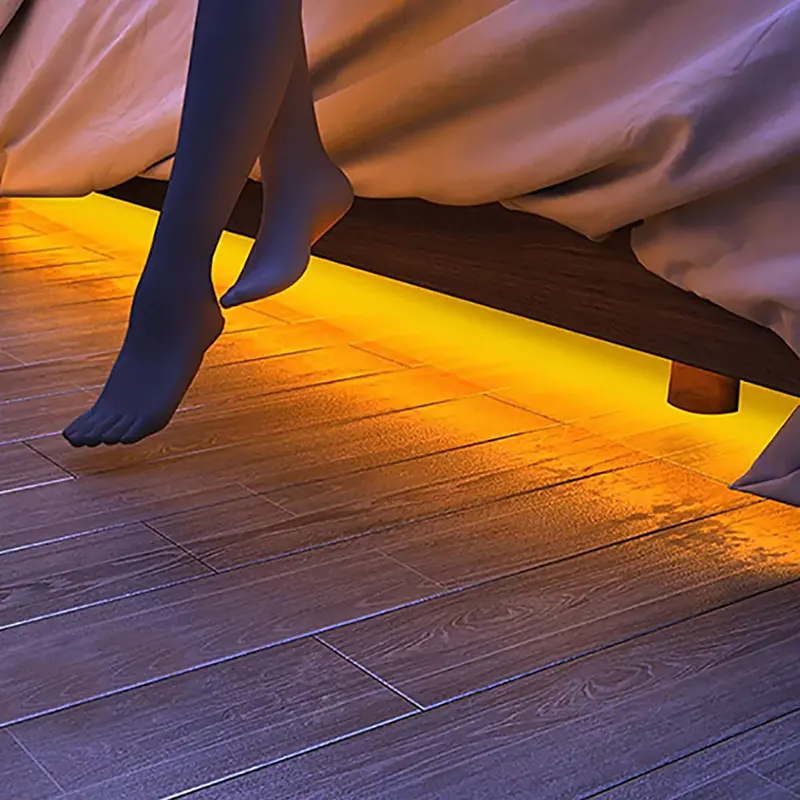
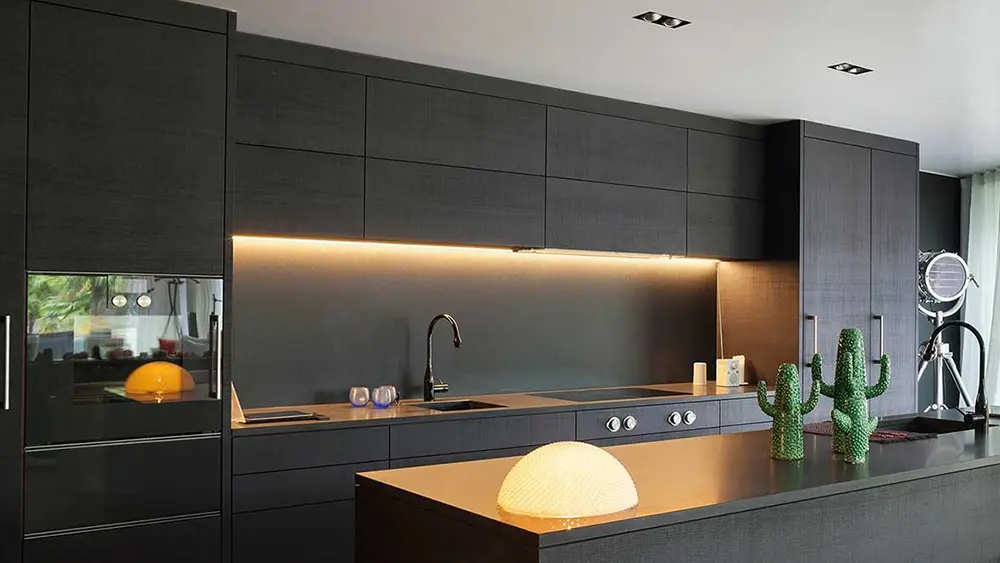
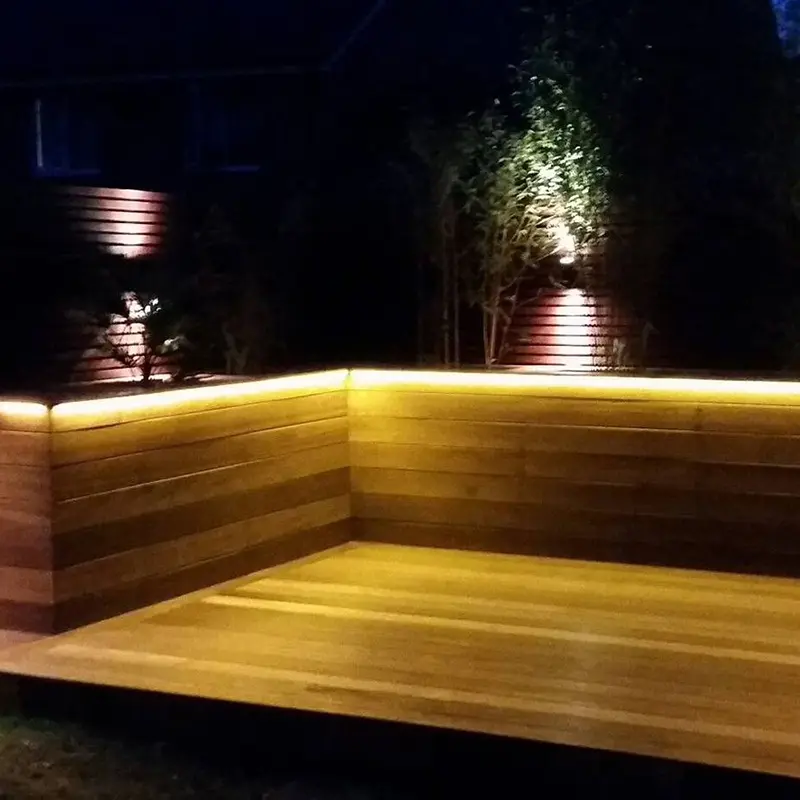


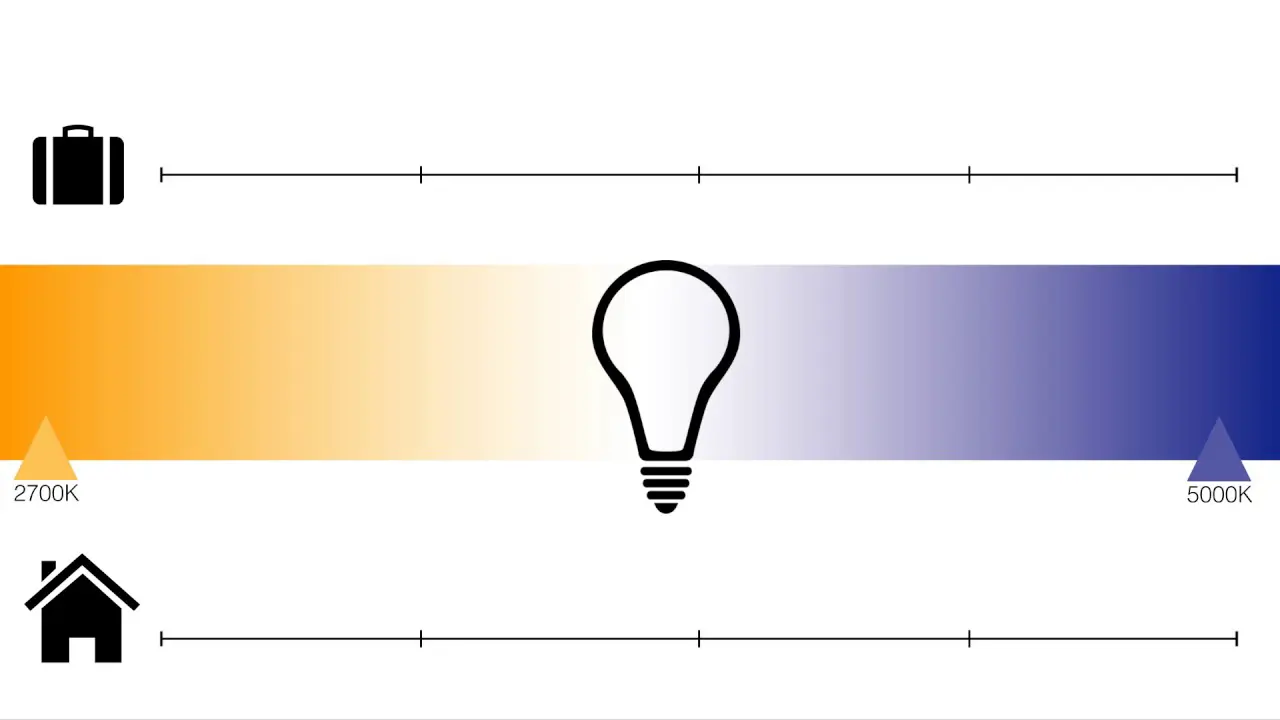
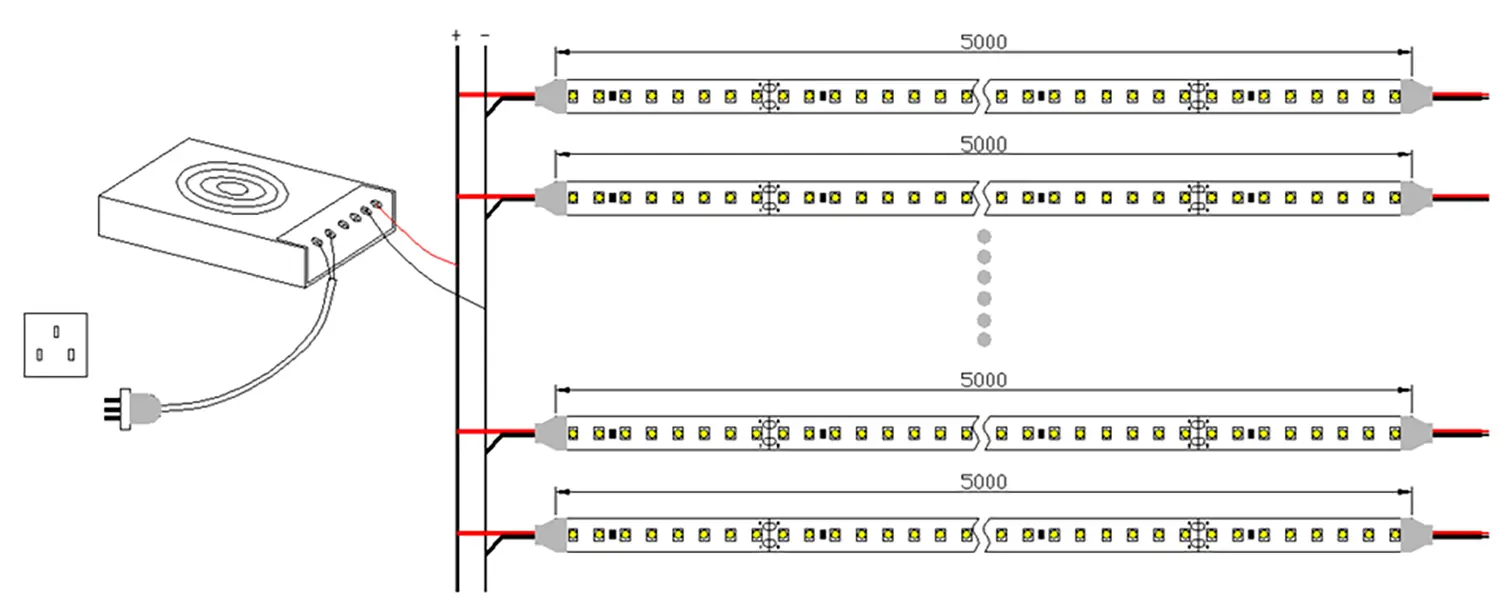
Leave a Reply
Want to join the discussion?Feel free to contribute!